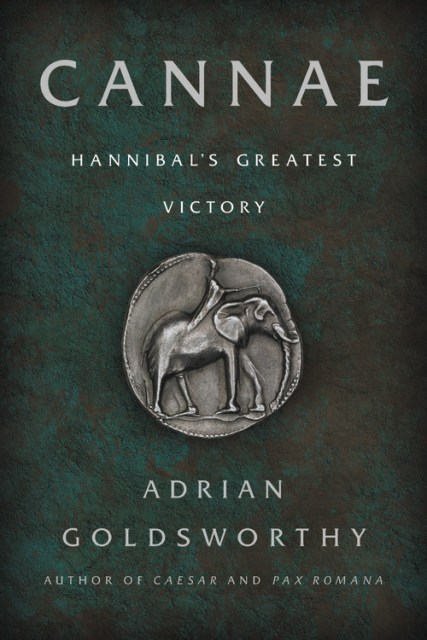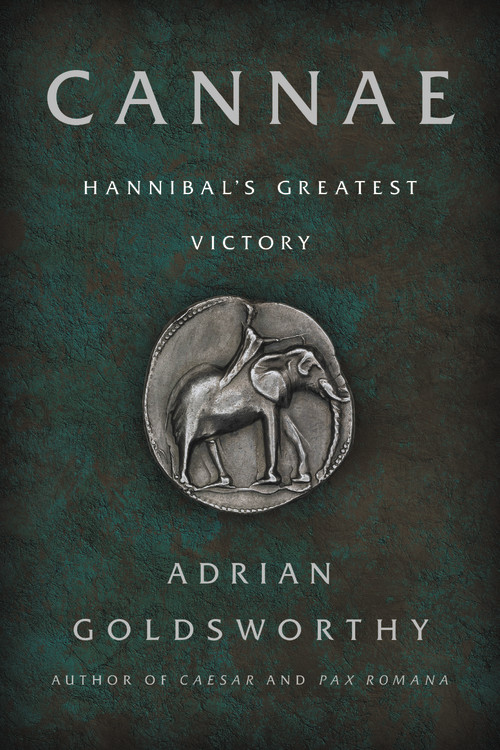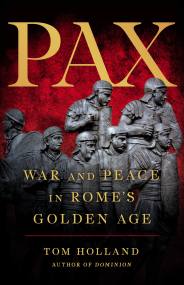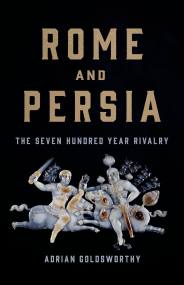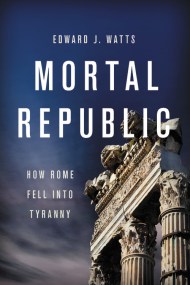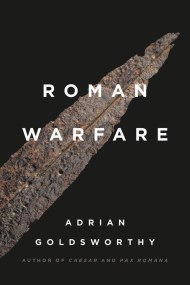Promotion
Use code MOM24 for 20% off site wide + free shipping over $45
Cannae
Hannibal's Greatest Victory
Contributors
Formats and Prices
Price
$16.99Price
$22.99 CADFormat
Format:
- Trade Paperback $16.99 $22.99 CAD
- ebook $11.99 $15.99 CAD
This item is a preorder. Your payment method will be charged immediately, and the product is expected to ship on or around May 21, 2019. This date is subject to change due to shipping delays beyond our control.
Also available from:
From an award-winning historian of ancient Rome, the definitive history of Rome’s most devastating defeat
August 2, 216 BC was one of history’s bloodiest single days of fighting. On a narrow plain near the Southern Italian town of Cannae, despite outnumbering their opponents almost two to one, a massive Roman army was crushed by the heterogeneous forces of Hannibal, the Carthaginian general who had spectacularly crossed the Alps into Italy two years earlier. The scale of the losses at Cannae — 50,000 Roman men killed — was unrivaled until the industrialized slaughter of the First World War. Although the Romans eventually recovered and Carthage lost the war, the Battle of Cannae became Romans’ point of reference for all later military catastrophes. Ever since, military commanders confronting a superior force have attempted, and usually failed, to reproduce Hannibal’s tactics and their overwhelming success.
In Cannae, the celebrated historian Adrian Goldsworthy offers a concise and enthralling history of one of the most famous battles ever waged, setting Cannae within the larger contexts of the Second Punic War and the nature of warfare in the third century BC. It is a gripping read for historians, strategists, and anyone curious about warfare in antiquity and Rome’s rise to power.
Genre:
- On Sale
- May 21, 2019
- Page Count
- 256 pages
- Publisher
- Basic Books
- ISBN-13
- 9781541699250
Newsletter Signup
By clicking ‘Sign Up,’ I acknowledge that I have read and agree to Hachette Book Group’s Privacy Policy and Terms of Use
